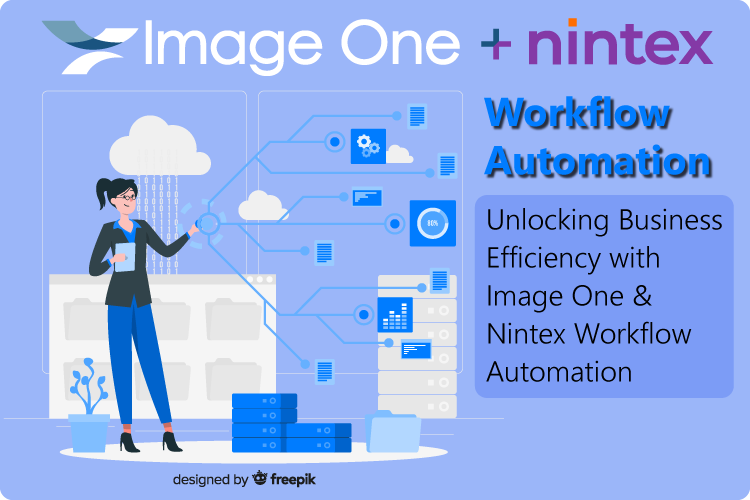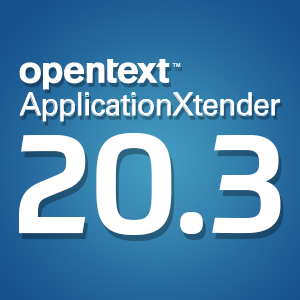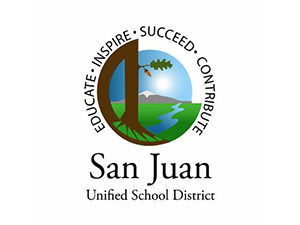Religious and historical document imaging allows for public access to ancient records
Wednesday, December 19, 2012Several of the most historically and culturally important religious documents, including a 2,000 year old excerpt of the Ten Commandments, were recently converted to digital documents and released through Cambridge University's online library.
According to Cambridge News Online, the Polonsky Foundation started an International Digitization Project with the intention of using conversion services for document imaging so that important historical records are maintained and available for public viewing. Eventually, the project goal is the digitization of 25,000 historical documents.
This is significant not only for preservation, but also for educational purposes. Most of the records are so fragile that it is only possible to exhibit excerpts of several pages, if anything, and many of these documents consist of thousands of pages. University librarian Anne Jarvis told Cambridge News that digitization has made it possible to expose the public to more historical information.
"Now, through the generosity of the Polonsky Foundation, anyone with a connection to the internet can select a work of interest, turn to any page of the manuscript and explore it in extraordinary detail," she said.
And the Cambridge Library isn't the only organization that recognizes the potential of historical document digital conversion. In partnership with the Israel Museum, Google recently uploaded 5,000 more images of the ancient Dead Sea Scrolls to its digital library. Director of the Israel Antiquities Authority Shuka Dorfman explained to the Associated Press that whereas before these documents were only accessible to several historians, surfing the web has made it possible for anyone to view them.
Digitization enhances the viewing experience by making it possible to zoom in on segments, examine the texture and even refer to maps or translations of the document. Document imaging has the potential to make culturally significant records more available while also ensuring their conservation.
Brought to you by Image One Corporation providing complete information governance since 1994.




